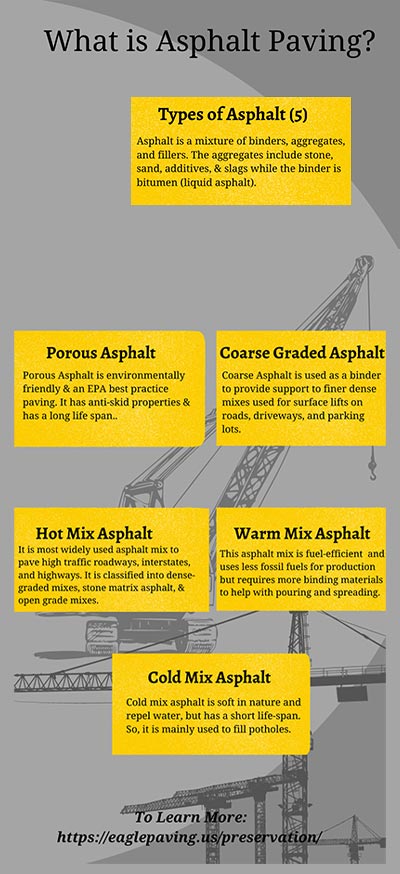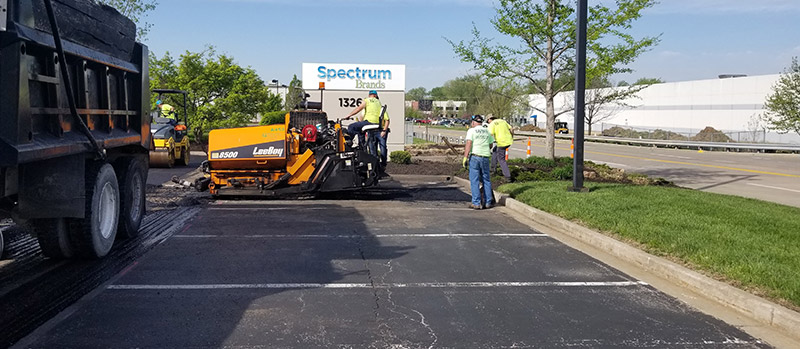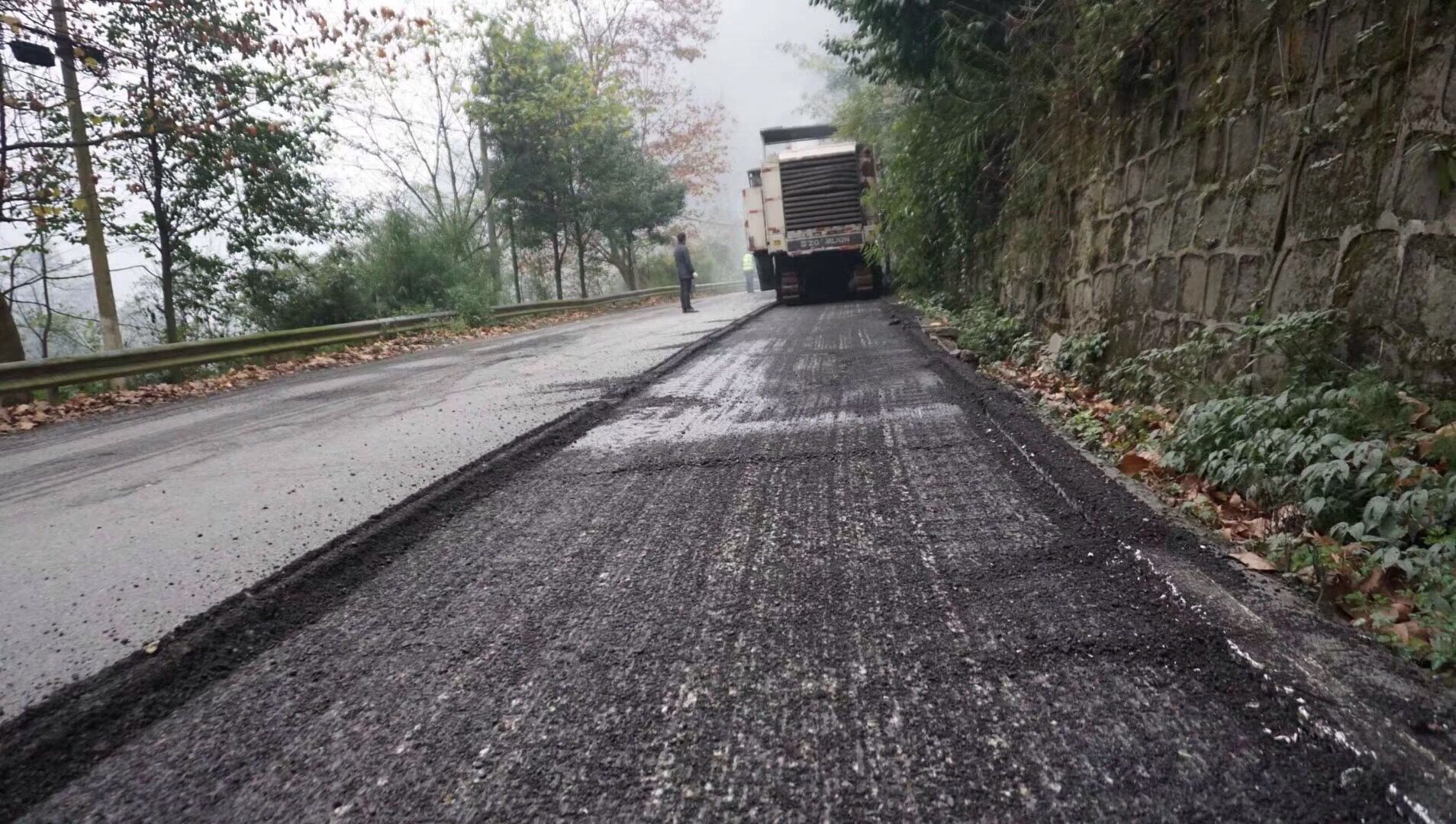The 2-Minute Rule for A1 Professional Asphalt & Sealing Llc
The 2-Minute Rule for A1 Professional Asphalt & Sealing Llc
Blog Article
Rumored Buzz on A1 Professional Asphalt & Sealing Llc
Table of ContentsGetting My A1 Professional Asphalt & Sealing Llc To WorkThe Ultimate Guide To A1 Professional Asphalt & Sealing LlcThe Buzz on A1 Professional Asphalt & Sealing LlcNot known Incorrect Statements About A1 Professional Asphalt & Sealing Llc Not known Factual Statements About A1 Professional Asphalt & Sealing Llc

The oil in an automobile engine is not just oil. It consists of a variety of ingredients to enhance the lorry's efficiency. These include polymers, thickness modifiers, warm stabilizers, extra lubricants, and wear ingredients. The REOB has all the ingredients that were in the waste oil along with the wear steels from the engine (primarily iron and copper).
By making many blends utilizing different REOB examples and various asphalt binders, the variants mostly can be balanced out. Numerous States provided samples of recognized REOB composition to TFHRC researchers, that assessed the samples to compare the portion of added (recognized) REOB to the found (tested) quantity. The evaluations revealed an equivalent percentage of added and found REOB.
Things about A1 Professional Asphalt & Sealing Llc
They got an overwhelming reaction. The TFHRC scientists evaluated 1,532 samples from 40 States, one Canadian province, and two Federal Lands Freeway divisions. They evaluated each sample twiceamounting to even more than 3,000 analyses. None of those States realized that the asphalt they were getting included REOB. One State urged its samples had no REOB.
Of the 1,532 examples checked, 12 percent consisted of REOB, and some included considerably high degrees of it at 1020 percent. The highest degree was 34 percent in a sample from Texas, which TxDOT had made use of in a patching compound. This screening likewise revealed the visibility of phosphoric acid in 11 percent of the samples, and 2 percent included ground tire rubber.
Two years ago at TRB's yearly meeting, the Federal researchers held an REOB workshop and presented the searchings for of their lab analyses to a standing room-only group. Some companies do not specifically outlaw REOB, they do impose physical tests that preclude its useeffectively a restriction. Others do not ban it by spec, but have contracts with asphalt suppliers to avoid using REOB
Indicators on A1 Professional Asphalt & Sealing Llc You Need To Know
A handful do allow REOB, some within certain limitations. For instance, Ohio and Texas restriction levels to less than 5 percent of the asphalt. To establish a reliable test technique that all States can utilize, the TFHRC scientists established a round-robin examination strategy. The individuals are 11 State highway firms (Illinois, Massachusetts, Minnesota, Mississippi, Montana, North Carolina, Oklahoma, South Carolina, Texas, Vermont, and Wyoming), 2 independent testing laboratories, the Ministry of Transportation in Ontario, Queen's College in Ontario, and an Ontario paving professional.
In total, the researchers prepared and shipped 720 blends. The participants are testing the examples individually utilizing the guidelines offered by the TFHRC researchers. The round-robin testing is almost completed, and TFHRC is in the process of gathering the results. The output will certainly be a proposed AASHTO examination approach that any State can adopt and make use of (asphalt repairs).
The pavement with REOB, which is located 0.6 mile (1 kilometer) right here from the pavement without REOB, has similar subgrade, web traffic thickness, and climate. Nonetheless, the section of Highway655 with 5 to 10 percent REOB showed considerable breaking. In this instance, the presence of REOB was the recognized reason for breaking at a reduced temperatures.
A section of examination pavement in Minnesota (MN1-4) discovered to have REOB likewise cracked too soon. The sidewalk performed well for the very first 3 to 4 years, yet after that began to crack.
The Only Guide for A1 Professional Asphalt & Sealing Llc
The tests were not considerable, however they showed that at levels of 6 percent or even more, the tensile toughness of the asphalt went down significantly. At a degree of 3.5 percent REOB, the variant in the physical examination approaches was above the result of REOB. It was hard for scientists to evaluate whether REOB was present. https://www.anyflip.com/homepage/wmzvi#About.

One binder specification considered is the distinction between the low temperature essential spec temperature for stiffness (S) in the flexing beam of light rheometer and the bending beam of light rheometer creep slope (m-value) noted as Tcritical. 2 independent research study teams, one from AASHTO and the various other from the Asphalt Institute, wrapped up that even more research study is required on the use of REOB in asphalt.
Previously, all asphalt screening measured design homes such as rigidity. These tests do disappoint what products had been included in the asphalt. One example received throughout the TFHRC research study had a very odd analysis. The example had the following examination outcomes: Superpave PG 64-28 with a heat quality of 67.3 Tcritical on the bending beam of light rheometer was 6.7 degrees Celsius.

A1 Professional Asphalt & Sealing Llc Can Be Fun For Everyone
These results show there are weak points in the standard engineering screening protocols that might be made use of. The manufacturer might have an economic advantage and the item passes all the standardized examinations, however the product may not be helpful to ensuring long-lasting performance. To address this issue and the growth of brand-new asphalt additives and extenders, TFHRC is starting a research program to use portable spectroscopic devices, x-ray fluorescence spectroscopy, and Fourier transform infrared spectroscopy to make it possible for evaluations to be carried out in the field instead of having to take examples back to the lab.
Report this page